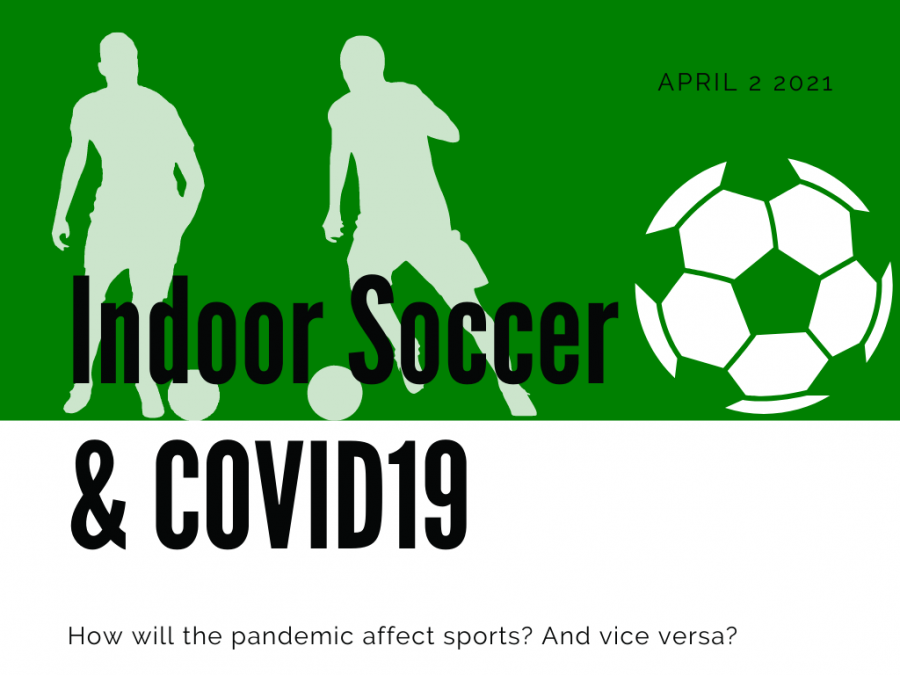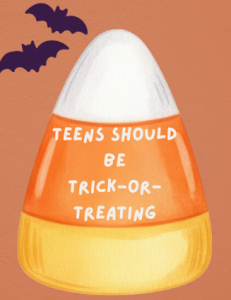Risks of Indoor Soccer
May 20, 2021
Healthcare professionals and most of the population now know that being indoors in a confined space greatly increases the risk of spreading COVID-19, which is posing many problems for a variety of areas. For example, restaurants had to adapt by closing or spreading out indoor dining, and creating more outdoor dining space. But what can sports do? Inevitably, in cold, rainy or dangerous weather conditions, some sports will have to continue indoors, or not at all.
The 2021 soccer season, which started the first week of February, did not seem to increase Fayette County cases, as far as one can tell from looking at a graph from the New York Times. The biggest effect on local COVID-19 cases was breaks from school, such as the rise of cases a few days after winter break ended.
However, in a case study in Minnesota, “Health officials recently announced that at least 10 percent of cases in schools in the state were associated with sports, including some played indoors,” according to the Washington Post. The numbers of covid cases related to each sport were highest in hockey, and lowest in soccer (15). Obviously, each state and county has different weather conditions, different safety measures, and a difference in the frequency of times soccer players have to be indoors, which will vary COVID-19 cases greatly across the country.
There are ways to reduce risks when playing indoors. The CDC suggests, “Coaches can… modify practices so players work on individual skills, rather than on competition.”
Limiting contact or proximity to others will greatly reduce the possible spread of COVID. However, playing together is what prepares players for their games; taking that away could affect their performance if indoor practices are a common occurrence. And, playing indoors has drawbacks for soccer players.
Athena Manalo, a junior at McIntosh, says, “It gets super hot and adjusting to playing with walls and a smaller field is kinda hard.”
Bringing up the separate issue that soccer is already a contact sport, junior soccer player Simone Cho says, “If you get pushed, there’s a potential chance of being smashed into the wall,” Adding the factor of being indoors, it is not ideal for staying safe from COVID-19.
Another issue is parental concerns with the COVID risk that comes from being indoors. Many parents “[are]n’t comfortable moving soccer indoors for the winter season. The ventilation systems at the local indoor gyms… and enclosed areas just [feel] too risky,” writes the New York Times. However, parents here in Fayette County don’t seem too concerned.
Freshman Anslie Harrell says, “They don’t require masks in soccer… my parents don’t mind at all since it’s out of our control, I mean we gotta breathe.” And perhaps they shouldn’t be, seeing as soccer-related COVID cases remain low (mentioned above), and most practices for soccer continue to be outdoors. For now, we’ll have to wait and see.







